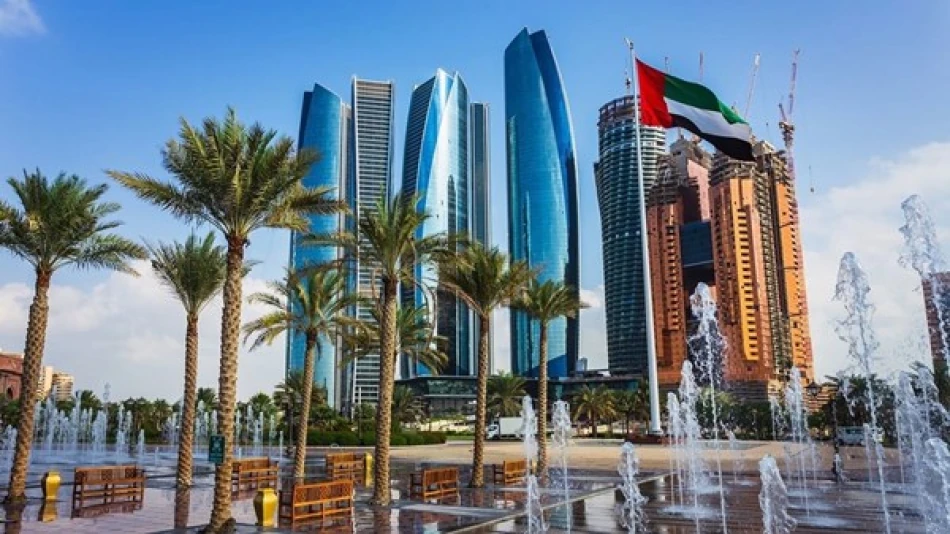
Chance of Light to Moderate Showers and Winds Forecast for Tomorrow
UAE Weather Alert: Dust Storms and Rain Expected as Summer Heat Intensifies
The UAE's National Center of Meteorology has issued a weather forecast predicting a mixed bag of conditions tomorrow, with temperatures soaring to 46°C in some areas while dust-stirring winds and potential thunderstorms threaten visibility and outdoor activities across the emirates. The forecast highlights the country's transition into peak summer conditions, with implications for construction, aviation, and daily life across the region.
Weather Conditions Across the Emirates
Tomorrow's weather will range from clear to partly cloudy skies, with a significant chance of cumulus cloud formation in the eastern and southern regions during afternoon hours. These clouds may bring rainfall, providing some relief from the intense heat but potentially creating hazardous driving conditions due to sudden weather changes.
Wind patterns will shift from southeast to northeast, with speeds ranging from 15-25 km/h and gusting up to 40 km/h during daytime hours. These conditions are expected to stir up dust and sand, reducing visibility and air quality across urban areas.
Temperature and Humidity Breakdown by City
Coastal Cities Face High Humidity
Abu Dhabi will experience the highest temperatures, reaching up to 46°C with humidity levels fluctuating between 20% and 45%. Dubai follows closely with a maximum of 43°C, though humidity will be notably higher at 60%, making the perceived temperature feel even more oppressive.
The northern emirates of Sharjah, Ajman, and Umm Al Quwain will see similar patterns, with temperatures around 42°C but humidity levels climbing to 65%, creating challenging conditions for outdoor workers and residents without adequate air conditioning.
Eastern Region Offers Relative Relief
Fujairah, benefiting from its location on the Gulf of Oman coast, will experience the most moderate temperatures at 34°C maximum. However, the city will face extremely high humidity levels reaching 95%, creating a different but equally challenging climate scenario.
Maritime Conditions and Tidal Patterns
Both the Arabian Gulf and Sea of Oman will experience light wave conditions, favorable for maritime activities and offshore operations. The Arabian Gulf will see high tides at 14:59 and 01:44, with low tides at 08:22 and 19:33. The Sea of Oman's tidal schedule shows high tides at 10:49 and 22:26, with low tides at 16:54 and 04:44.
Economic and Operational Implications
These weather conditions carry significant implications for the UAE's economy and daily operations. The construction sector, which employs hundreds of thousands of workers, will likely need to adjust working hours to avoid peak heat periods. The aviation industry may face delays due to reduced visibility from dust storms, particularly affecting the busy Dubai and Abu Dhabi international airports.
The potential for afternoon thunderstorms in eastern and southern regions could benefit agricultural operations in Al Ain and surrounding areas, where water conservation remains a priority. However, sudden weather changes pose risks for the logistics sector, which relies heavily on predictable conditions for the movement of goods through the UAE's major ports and highways.
Regional Climate Context
This weather pattern reflects the UAE's typical summer onset, characterized by rising temperatures and increased atmospheric instability. The combination of high heat, humidity, and dust storms represents the challenging climate conditions that have driven the country's significant investments in climate adaptation infrastructure, from advanced air conditioning systems to dust-resistant urban planning.
The forecast serves as a reminder of the environmental challenges facing Gulf nations as they balance rapid economic development with increasingly extreme weather patterns, making weather monitoring and public safety measures more critical than ever.
 Layla Al Mansoori
Layla Al Mansoori







